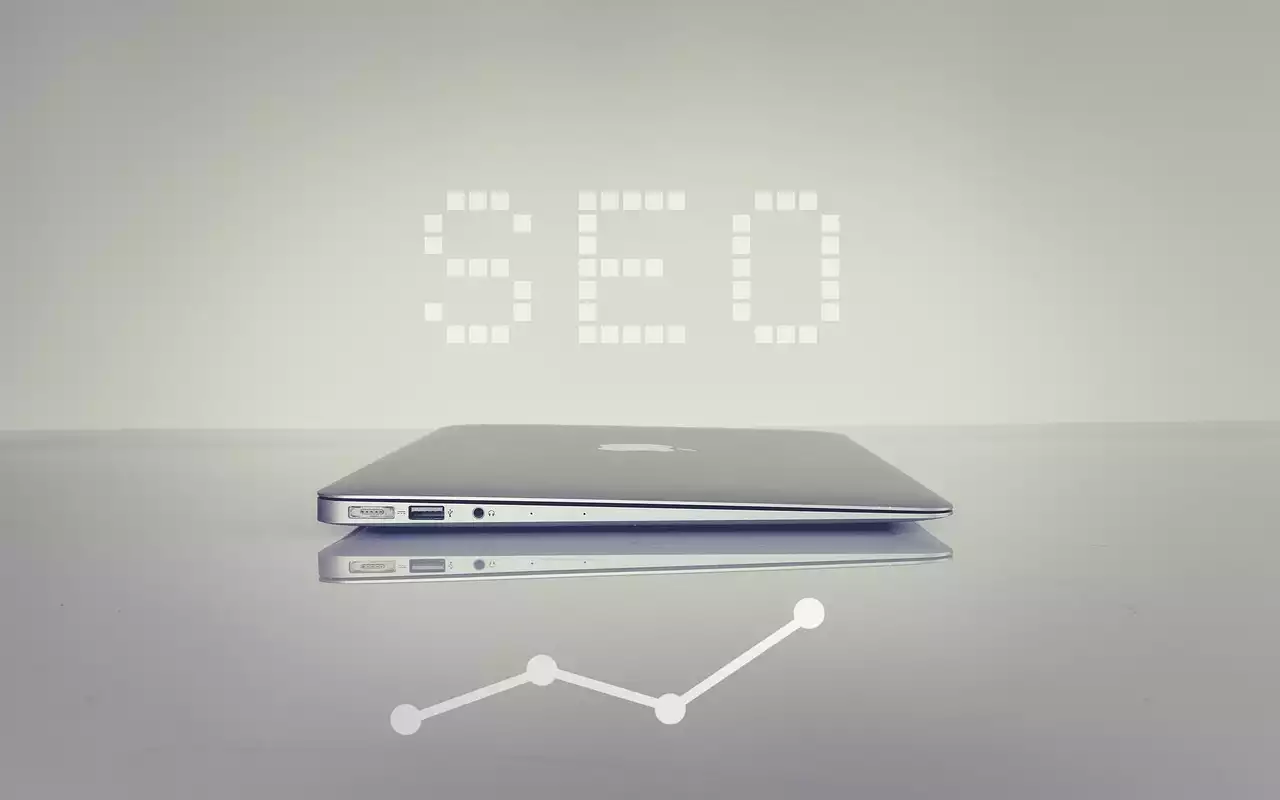Keyword research for e-commerce sites
Keyword research is critical for any SEO strategy, but it's even more crucial for e-commerce sites. Since you're selling products, you need to know what people are searching for when looking for similar items online. Start by brainstorming keywords and phrases related to your products. You can use tools like Google Keyword Planner or SEMrush to see how often these keywords are searched and how competitive they are.
Once you have a list of potential keywords, it's time to optimize your pages. Focus on one or two primary keywords per page and include them in your page titles, meta descriptions, and content. Don't forget to also utilize long-tail keywords, which are more specific and have less competition. This will help you rank higher for niche searches related to your products.
In addition to keywords, consider optimizing for voice search. As more people use voice assistants like Siri or Alexa to search for products, you need to ensure your content is optimized for these queries. Focus on conversational language, natural phrasing, and answering common questions related to your products.
On-page optimization for e-commerce sites
On-page optimization is the process of optimizing individual pages on your website to improve your search engine rankings. For e-commerce sites, on-page optimization is essential for product pages. Start by optimizing your page titles, meta descriptions, and header tags. Make sure they include your primary and long-tail keywords.
Next, optimize your product descriptions. Use unique and engaging descriptions that highlight the benefits of your products. Include high-quality images and videos to showcase your products in action. Don't forget to also optimize your product URLs, including your primary keyword.
Finally, pay attention to your site speed and mobile-friendliness. Google prioritizes fast-loading websites and mobile-friendly experiences, so make sure your site is optimized for both. Use tools like Google PageSpeed Insights or GTmetrix to identify areas for improvement.
Product descriptions and metadata optimization
Product descriptions and metadata are critical for e-commerce sites. They provide search engines with information about your products and help users make informed purchasing decisions. To optimize your product descriptions and metadata, start by using unique and engaging descriptions for each product. Avoid using manufacturer descriptions, as they may be duplicated across multiple sites.
Next, optimize your product titles. Use descriptive and unique titles that include your primary keyword. This will help your products rank higher in search results. Don't forget to also optimize your product metadata, including meta descriptions and alt tags. Use unique descriptions and include your primary keyword and long-tail variations.
Finally, use schema markup to provide search engines with additional information about your products. This will help your products appear in rich snippets or product carousels, which can improve your click-through rates and ultimately drive more sales.
Image optimization for e-commerce sites
Images are essential for e-commerce sites. They help users visualize your products and make informed purchasing decisions. But they can also slow down your site speed if not optimized correctly. To optimize your images, start by compressing them. Use tools like TinyPNG or Kraken.io to reduce your image file sizes without sacrificing quality.
Next, use descriptive file names and alt tags. This will help search engines understand what your images are about and improve your search engine rankings. Don't forget to also optimize your image titles and captions, as they can contribute to your overall SEO strategy.
Finally, consider using image sitemaps to provide search engines with additional information about your images. This will help your images appear in Google Image Search and drive more traffic to your site.
Building quality backlinks
Backlinks are links from other websites that point to your site. They are essential for SEO, as they signal to search engines that your site is credible and authoritative. To build quality backlinks for your e-commerce site, start by creating high-quality content that other sites will want to link to. This could include blog posts, infographics, or product guides.
Next, reach out to relevant sites and ask them to link to your content. Use tools like Ahrefs or Moz to identify sites in your industry that are linking to your competitors. Reach out to them and pitch your content as a valuable resource for their audience.
Finally, consider guest posting on relevant sites to build your authority and attract backlinks. This will help you reach a wider audience and improve your overall search engine rankings.
Get High Quality 100% Free Fast Backlinks Without Link Building as a Beginner.
Site structure and navigation optimization
Site structure and navigation are critical for e-commerce sites. They help users find what they're looking for and improve your overall user experience. To optimize your site structure and navigation, start by organizing your products into categories and subcategories. Use descriptive and unique names for each category and include them in your URLs.
Next, use breadcrumb navigation to help users navigate your site. This will help them understand where they are on your site and easily navigate back to previous pages. Don't forget to also optimize your internal linking structure. Use descriptive anchor text and link to relevant pages within your site.
Finally, consider using a site map to provide search engines with a clear overview of your site's structure. This will help them crawl and index your site more efficiently, which can improve your search engine rankings.
User experience optimization for e-commerce sites
User experience is critical for e-commerce sites. It can make or break your sales and customer retention. To optimize your user experience, start by using a responsive design that adapts to different devices and screen sizes. This will ensure your site is easy to use on both desktop and mobile devices.
Next, focus on your site's navigation and search functionality. Make sure it's easy for users to find what they're looking for and filter by different criteria. Consider using autocomplete or predictive search to help users find products more quickly.
Finally, optimize your checkout process. Make it easy for users to input their information and complete their purchase. Use tools like abandoned cart emails or retargeting campaigns to remind users of items left in their cart and encourage them to complete their purchase.
Mobile optimization for e-commerce sites
Mobile optimization is critical for e-commerce sites. As more users shop on their mobile devices, you need to ensure your site is optimized for these experiences. Start by using a responsive design that adapts to different screen sizes and devices. This will ensure your site is easy to use on both smartphones and tablets.
Next, optimize your site speed for mobile devices. Use tools like Google's Mobile-Friendly Test or PageSpeed Insights to identify areas for improvement. Consider using AMP (Accelerated Mobile Pages) to improve your site's speed and mobile-friendliness.
Finally, optimize your checkout process for mobile devices. Make it easy for users to input their information and complete their purchase. Use tools like Apple Pay or Google Pay to streamline the checkout process and improve your conversion rates.
Off-page optimization for e-commerce sites
Off-page optimization refers to the process of optimizing your site's presence outside of your own website. This includes social media, external link building, and other marketing tactics. To optimize your off-page strategy for e-commerce sites, start by building a strong social media presence. Use platforms like Facebook, Instagram, and Twitter to promote your products and engage with your audience.
Next, consider partnering with influencers or bloggers in your industry to promote your products. Reach out to relevant sites and pitch your products as a valuable resource for their audience. Use tools like Buzzsumo or NinjaOutreach to identify influencers and bloggers in your industry.
Finally, consider using paid advertising to drive traffic to your site. Use platforms like Google Ads or Facebook Ads to target relevant keywords and demographics. This will help you reach a wider audience and drive more sales.
Measuring and tracking SEO success for e-commerce sites
Measuring and tracking your SEO success is critical for e-commerce sites. It will help you identify areas for improvement and optimize your strategy over time. Start by using Google Analytics to track your site's traffic and sales. Pay attention to your organic search traffic and conversion rates.
Next, use tools like Google Search Console or SEMrush to track your search engine rankings and identify areas for improvement. Monitor your keyword rankings and backlinks over time to identify trends and opportunities.
Finally, use A/B testing to optimize your site's design and content. This will help you identify the best strategies for improving your search engine rankings and driving more sales.










